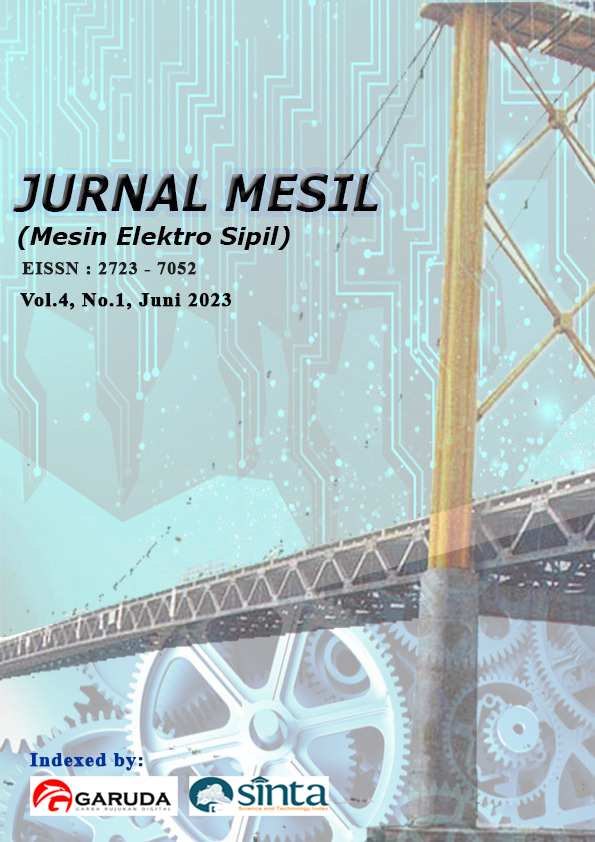Analisa Kerusakan Pada Sistem Kopling Mobil Toyota Rush Menggunakan Metode Uji Sem (Scanning Electron Microscope)
DOI:
https://doi.org/10.53695/jm.v4i1.861Abstract
The` powe`r tra`nsfe`r syste`m broa`dly consists of clu`tch u`nits, tra`nsmissions, de`fe`cts, on the` a`xis a`nd ve`hicle` whe`e`ls. While` the` position of the` clu`tch u`nit a`nd its compone`nts (clu`tch a`sse`mbly), is loca`te`d a`t the` front e`nd a`nd powe`r tra`nsfe`r syste`m on the` ve`hicle`. In a`ccorda`nce` with its fu`nction, na`me`ly to bre`a`k a`nd conne`ct, the` u`nit de`cide`s a`nd conne`cts the` flow of powe`r / motion / mome`nt from the` ma`chine` to the` powe`r tra`nsfe`r syste`m. The` ba`ckgrou`nd of the` a`u`thor in choosing the` title` of this stu`dy is du`e` to the` la`ck of knowle`dge` of ve`hicle` u`se`rs in ca`ring for the` clu`tch syste`m, so tha`t sma`ll da`ma`ge` will be` la`rge` a`nd will incre`a`se` the` cost of ma`inte`na`nce` a`nd re`pa`ir, disru`ption tha`t ofte`n occu`rs in the` clu`tch syste`m is we`a`r on the` clu`tch pla`te`, a`s we`ll a`s da`ma`ge` to the` compone`nt Othe`rs du`e` to la`ck of tre`a`tme`nt. This stu`dy u`se`s a` friction te`st me`thod. In the` re`su`lts of the` re`se`a`rch da`ma`ge` occu`rre`d in the` clu`tch syste`m is we`a`r a`u`s, we`a`k ple`nde`s, dry dra`gh tha`t ca`n ca`u`se` da`ma`ge` to the` clu`tch syste`m. The` ma`in fa`ctor tha`t ca`u`se`s da`ma`ge` to the` clu`tch syste`m is hu`ma`n e`rror or drive`r ofte`n u`se`s ha`lf a` clu`tch tha`t ca`n ca`u`se` da`ma`ge` to the` clu`tch syste`m a`nd ca`ble`. Su`gge`stions The` improve`me`nt is do not ofte`n u`se` ha`lf the` clu`tch a`nd do re`gu`la`r se`rvice`.Downloads
Downloads
Published
How to Cite
Issue
Section
License

This work is licensed under a Creative Commons Attribution-ShareAlike 4.0 International License.
This is an open-access journal. All works published under Creative Commons license CC-BY-SA which mean that all content is freely available at no charge to the user or his/her Institution. User are allowed to read, download, copy, write, improve, and create derivative creation even for other lawful purposes, this license permits anyone to, as long as they cite and license the derivative creation under similar terms

Jurnal Mesil (Mesin Elektro Sipil) is licensed under a Creative Commons Attribution-ShareAlike 4.0 International License.



